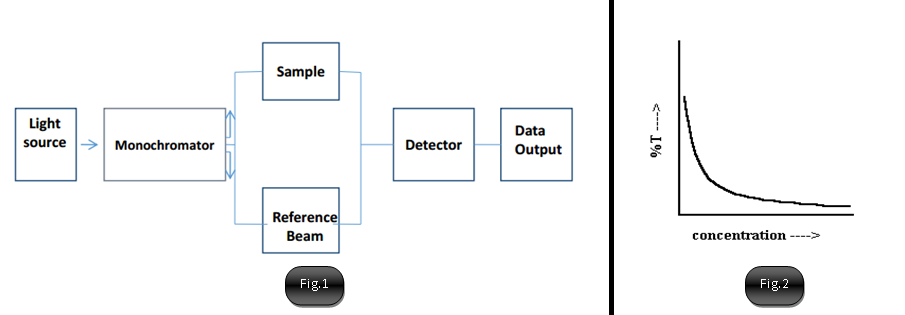Explain four probe method. Derive an equation to calculate resistivity of a thin sample.
- Four–probe method, also known as four terminal sensing (4T sensing) or 4–wire sensing is an electrical impedance measuring technique, that uses separate pairs of current carrying and voltage sensing electrodes to make more accurate measurements.
- Four probe arrangement as shown in figure, consists of four equidistant metallic tips having finite radius.
- Each tip is supported by springs on the end to minimize sample damage during probing.
- The four metal tips are part of an auto mechanical stage which travels up and down during measurements.
- A high impedance current source is used to supply current through outer two probes and a voltmeter measures the voltage across inner two probes to determine the sample resistivity.
- Here inner probes draw no current because of the high input impedance voltmeter in the circuit. Thus unwanted voltage.
Derivation to calculate an equation for Resistance mesurement of a thin sheet:
For a very thin sample, we get current rings instead of hemispheres. i.e., current travels in short cylindrical shell of equipotential.
So, the area will be the area of the cylinder. i.e. .
We know,
Integrating both sides,
Due to super position of current, at the outer two probes, We have ,
By Comparing above two equation we get,
Above expression gives the value of resistivity for thin film.
